Engaging Online Learners in Real-World Problem Solving
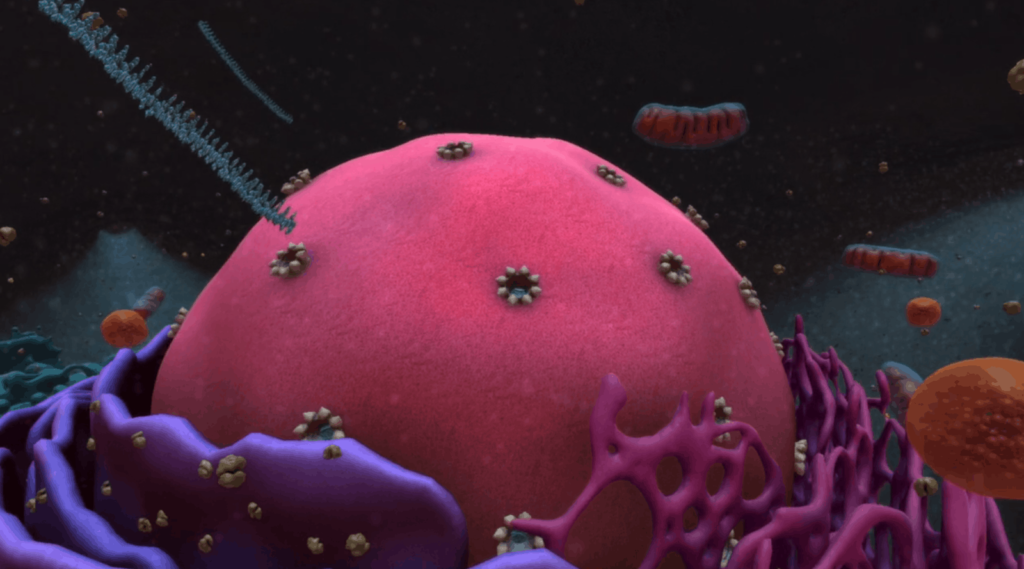
Innovative learning can have many meanings and a variety of forms. High-quality innovative learning is adaptive and brings subjects to life. ASU Prep Digital, an extension of the U.S. university ranked number one for innovation, the often-used term innovative has a whole new meaning. Instead of imagining what the surface of Mars or the inside of a cell looks like, students actually go to those places they could not otherwise go. Rather than read about structural, scientific components, students virtually build a double-stranded DNA and make an atom.
ASU Prep Digital courses promote active learning through real-world questions and problem-solving activities. Case studies based on real-life scenarios contextualize the learning. In a chemistry class, students treat a man with cancer and work in a laboratory sandbox, following directives and manipulating the screen as they measure and pour components, and in a math class students compute weather forecast probabilities.
A first-of-its-kind course offered by ASU Prep Digital — BioBeyond — is an introductory, college-level, online biology course covering all the course material of a standard first-year biology course, adapted for high school learners, and built to create a personalized experience tailored to each unique student.
Using the same adaptive learning technologies that ASU uses to help students progress as they are ready, ASU Prep Digital courses are modified for the high school learner, which incorporates their longer course times and age-appropriate reading lexiles. Students are exposed to the “college experience” while the system adapts to their learning level.
BioBeyond
Centered around real-world scenarios, the BioBeyond course strives to answer the question of Are We Alone in the Universe? by looking at what is known on earth and beyond earth. The Learnspace is scaffolded (where lessons build on one another) and consists of eight course units broken into lessons. Unit one — ‘Biology Bootcamp’ — sets the foundation for understanding the scientific terms and practices needed to be successful in the course. Each additional unit centers around a central question.
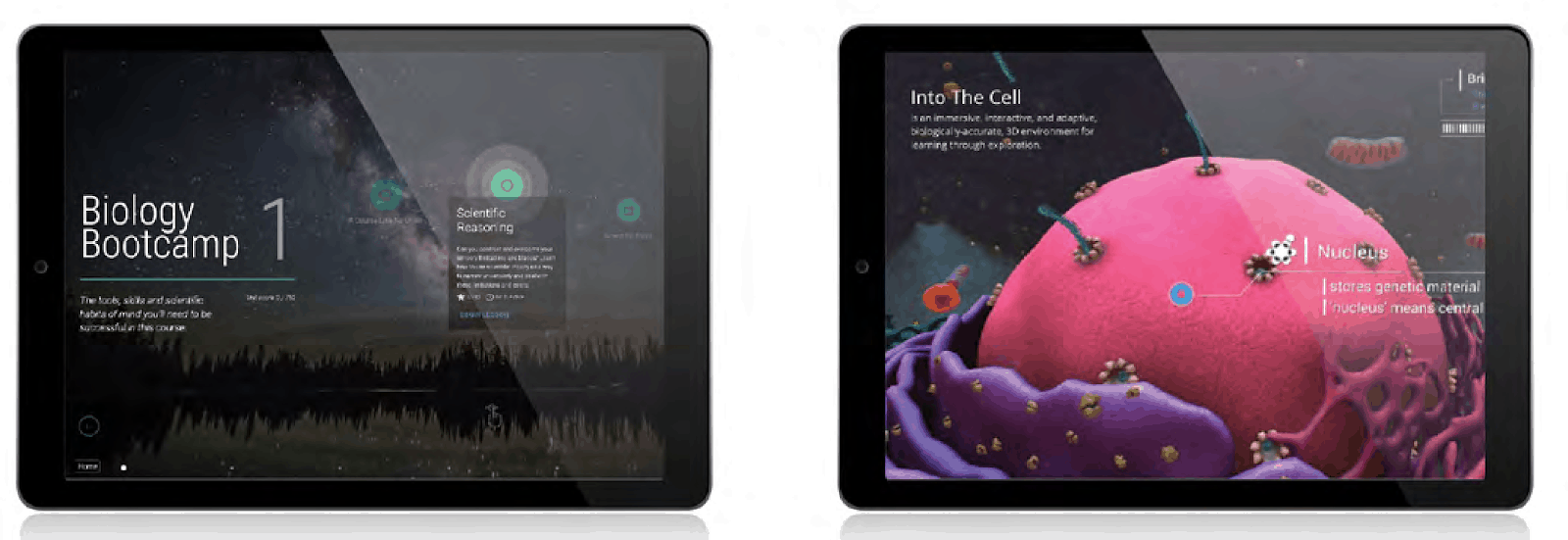
The Pedagogical Approach
Instead of formal assessments, the course is set up with visually stimulating, and game-based components where learners earn points as they demonstrate mastery of concepts through four types of screens — instructional, simulation, summative and formative. Additionally, lessons incorporate virtual field trips, immersive, game-based experiences, and project-based learning.
From the moment a student begins, the platform is assessing current knowledge- and adjusting to their individual learning pace and style. The Smart Sparrow platform powers the adaptive experience which anticipates and responds to student performance, and provides guided prompts to enhance the student’s sense of agency.
This built-in learning support keeps the learner engaged and acts as a virtual tutor. The prompts come in the form of reinforcement (why you got the answer right), or encouragement (how you might consider things differently to get to the right answer).
In one instance, the system might ask the student to make a prediction before beginning a lesson. The system interprets the student’s input, generates prompts to enhance the response and anticipates future performance.
A Look at ASU Prep Digital
In 2017, the ASU Prep Digital program was rolled out as an extension of the ASU Preparatory Academy, an innovative K-12 charter school system founded by ASU, as a means to expand the reach of Arizona State University and create pathways for high school students to prep for and begin college courses.
Now in its third year, ASU Prep Digital has over 20,000 enrollments, which consists of partner school, international, part-time, and full-time students using a learning model that offers over 200 personalized pathways.
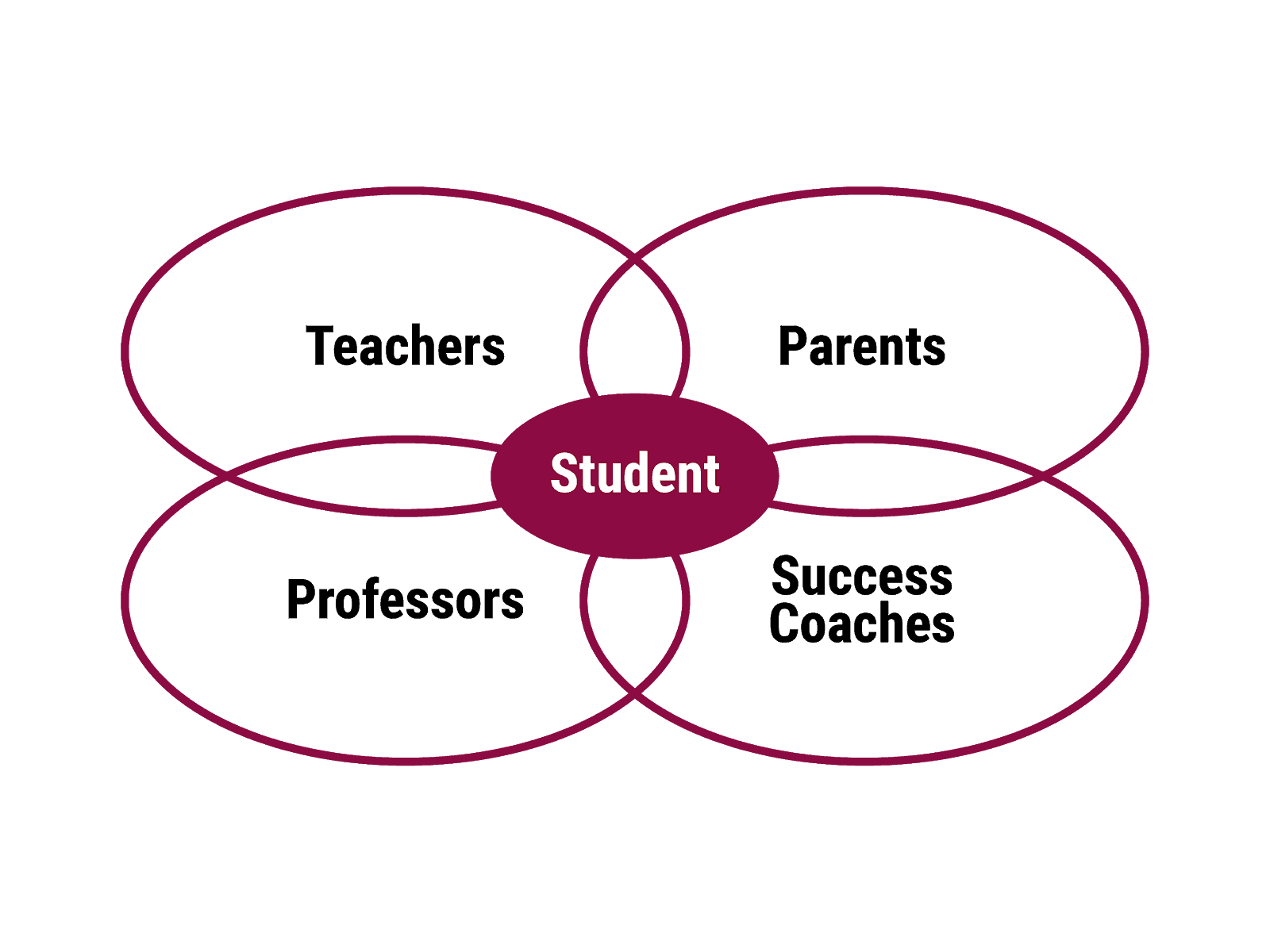
With each individual student and his or her goals at the center, the teaching model is high touch with ASU faculty, teachers, a success coach and parents as the four support groups contributing to the student’s success (see diagram above). Professors come in the form of ASU faculty presenting video lectures, moderating discussion groups and providing online tutoring; teachers conduct weekly, live, small-group instruction and one-on-one academic feedback; learning success coaches serve as educational assistants monitoring progress, communicating with parents and helping the student set goals and plan for the future; parents assist with emotional support, progress monitoring and college and career planning.
Teacher Dashboard
The instructor monitoring capabilities give the teacher or professor everything from high-level class summaries to individualized student and lesson reports. The instructor has the ability to assess everything from number of lesson attempts to time spent on a question to lesson completion rates.
With the Question Explorer tool, the instructor can assess how many pathways are being utilized. Trace graphs show analytics by student path and progression through a module so an instructor can see which students may need and are getting access to remedial material.
The Courses
In addition to BioBeyond, ASU Prep Digital offers over 40 online high school courses and over 200 college courses that are mapped to pathways in specific majors including Intro to Engineering, Business and more. Looking ahead, English 10 will be the next course released in fall 2020.
The Students
Whether a student is high achieving or low performing, the tailored and personalized approach of ASU Prep Digital helps each student discover their abilities as a learner, with the ultimate goal of exposing students early in high school experience to possible career paths.
Online learning is enabling a more experiential approach to K-12 education in new and exciting ways. Teachers and students are benefiting from greater insight, options and personalization—and edtech companies are continuing to hone their products and services in order to better support them.
For more, see:
- ASU Prep: Blended College Prep with a Little Extra Kick
- Arizona State Accelerates Progress with Adaptive Active Courses
- ASU Online: Extending Access to Higher Ed
Stay in-the-know with innovations in learning by signing up for the weekly Smart Update.
This post includes mentions of a Getting Smart partner. For a full list of partners, affiliate organizations and all other disclosures, please see our Partner page.
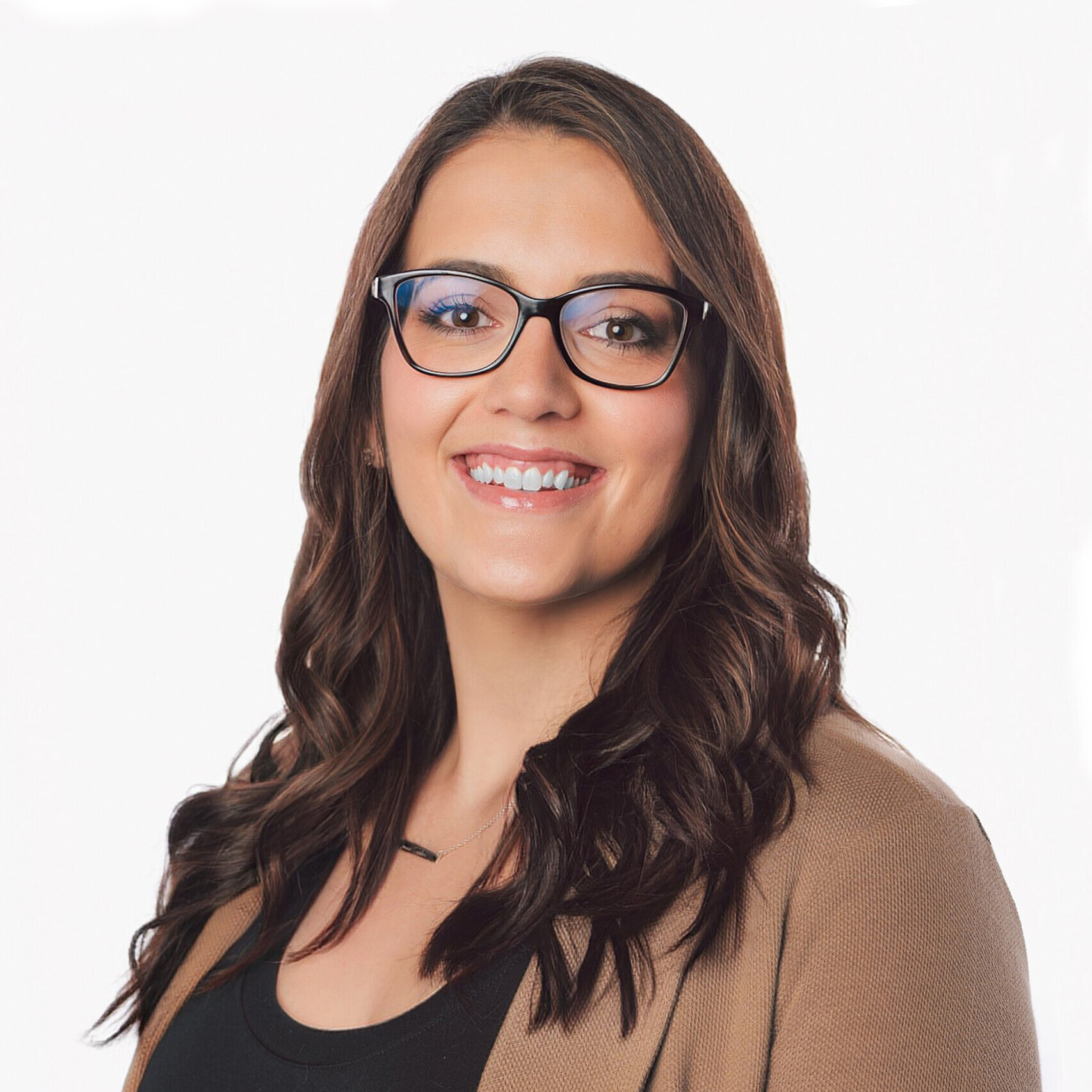




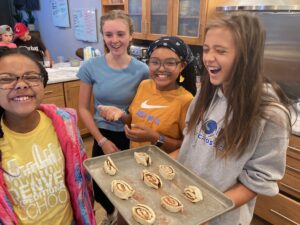
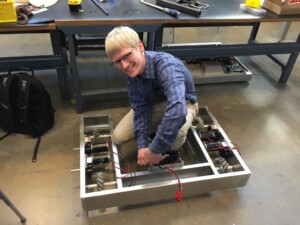

Mala
Everything has changed and so are the learning methods. To help today’s kids learn better, new methods must be discussed and practiced. The students must be taught in such a way that it must keep them engaged and interesting and that is possible by bringing live and innovative teaching forms.